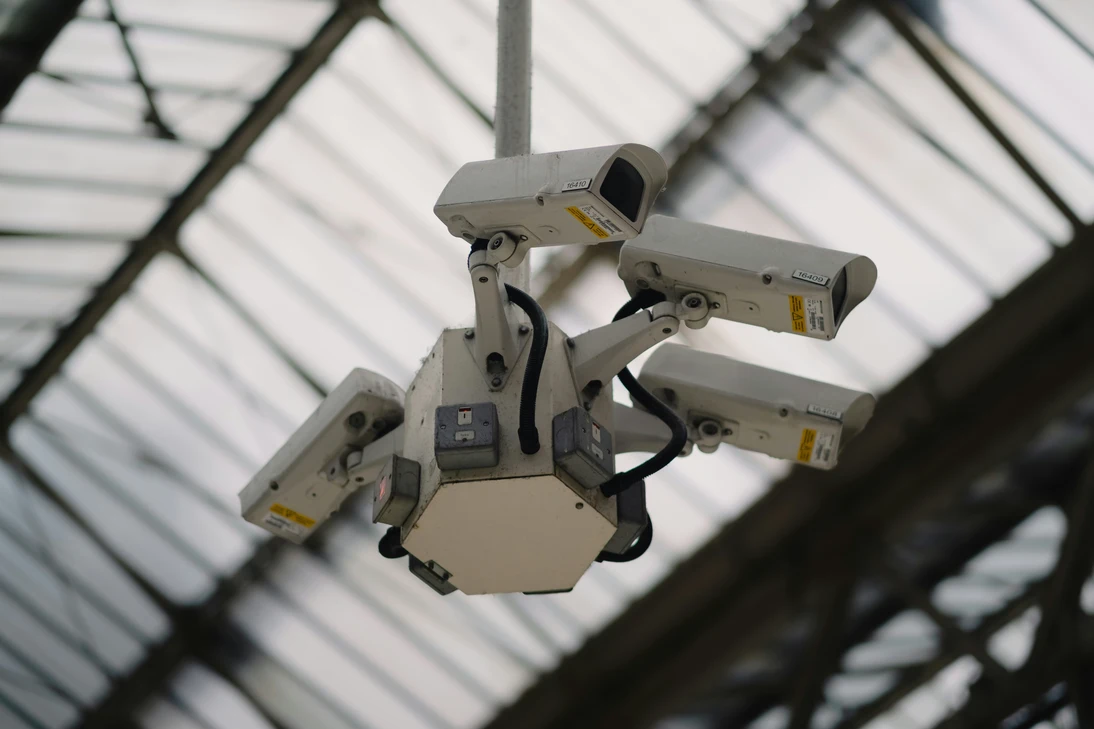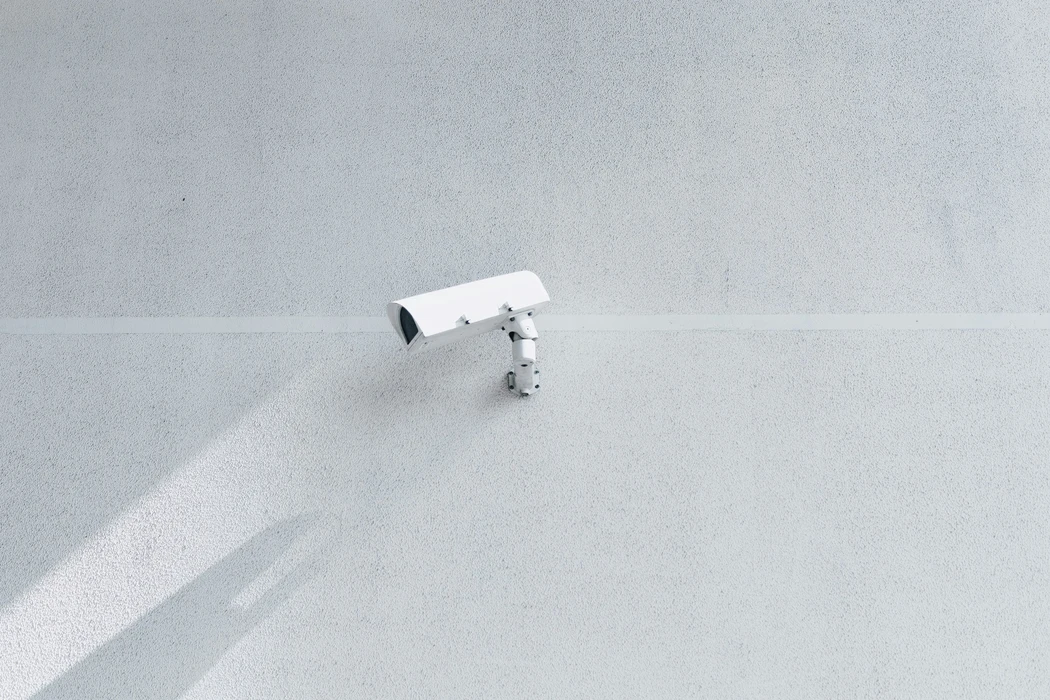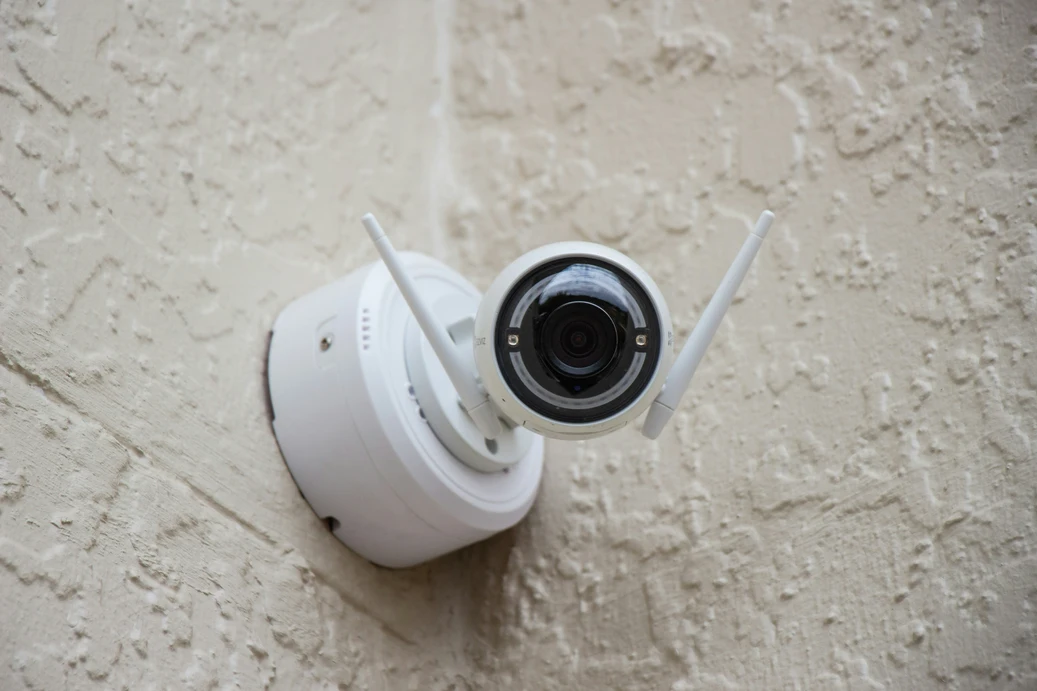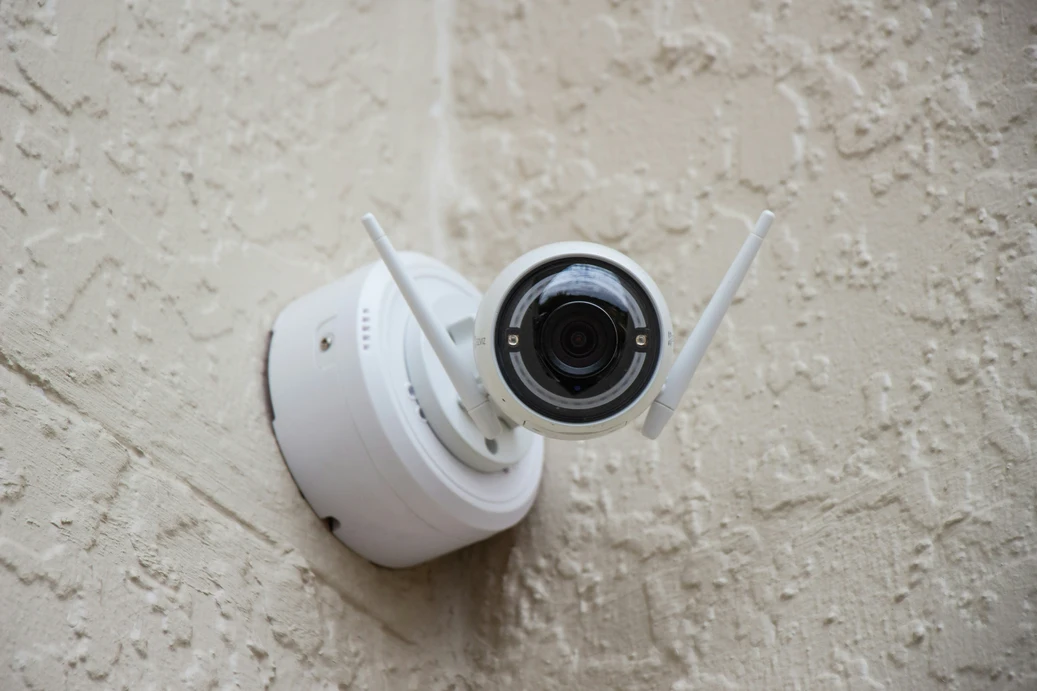Creating a secure home no longer means compromising on beauty or comfort. Many homeowners hesitate to install security cameras because they fear bulky devices will clash with their décor. But with invisible security strategies, you can integrate cameras into interior design in ways that protect your home while keeping style intact. Invisible security makes it possible to combine safety and sophistication seamlessly.

Why Invisible Security Matters in Modern Homes
The demand for invisible security is growing because homeowners value both aesthetics and safety. Traditional cameras often stick out and make spaces feel less personal, while discreet solutions blend effortlessly with design choices. By integrating cameras into interior design, you gain peace of mind without sacrificing style. This balance has become especially important in open-concept homes, small apartments, and modern interiors where every detail matters.
1. Embedding Cameras in Decorative Lighting Fixtures
One of the most creative ways to achieve invisible security is by embedding cameras into pendant lights, chandeliers, or wall sconces. These fixtures are naturally elevated, giving a wide field of vision, and the camera becomes nearly impossible to notice. Decorative lighting doubles as a design statement while enhancing protection without visual clutter.
2. Incorporating Cameras Into Smart Speakers and Accessories
Smart devices are already part of many living rooms and bedrooms, making them perfect for invisible security. Cameras hidden in smart speakers, digital picture frames, or even smart alarm clocks blend seamlessly with your interior design. Instead of adding extra hardware, you simply expand the role of gadgets you already use daily.

3. Disguising Cameras in Bookshelves and Decorative Objects
Bookshelves provide endless opportunities for discreet camera placement. By embedding small lenses inside hollowed books, vases, or decorative sculptures, you maintain elegance while achieving strong coverage. Invisible security works best when the objects chosen don’t draw suspicion, meaning the design remains natural and authentic.
4. Integrating Cameras Into Mirrors and Wall Art
Mirrors and framed artwork are excellent tools for invisible security. Cameras hidden in mirror edges or tucked into the frames of paintings provide a wide-angle view while staying completely out of sight. Since these items are part of nearly every room, the integration feels organic, not forced.
5. Using Furniture as Concealed Security Hubs
Furniture like entertainment centers, nightstands, or console tables can hide small cameras within decorative panels or vents. This approach creates invisible security without disturbing the harmony of the space. By aligning finishes, colors, and placement with the rest of the room, the cameras remain unnoticed yet highly functional.
6. Blending Cameras With Greenery and Indoor Plants
Plants not only improve air quality but also provide perfect cover for invisible security. Discreet cameras tucked inside planters or disguised among artificial greenery allow you to protect your space while adding warmth and texture to the room. Since plants naturally draw the eye, the camera remains completely camouflaged.

7. Ceiling and Baseboard Integrations
For a truly seamless look, cameras can be mounted within ceiling moldings, baseboards, or recessed panels. This method creates invisible security that covers the entire room without being seen. It’s especially useful in minimalist interiors where clutter-free design is a priority.
Striking the Right Balance Between Design and Safety
Invisible security is not about hiding cameras for secrecy alone but about blending them in ways that enhance design rather than detract from it. Every choice should maintain the visual flow of your interiors while supporting safety. Whether you prefer modern, minimalist, or traditional spaces, discreet camera placement ensures you never have to choose between elegance and protection.
Frequently Asked Questions (FAQs)
1. Why should I consider invisible security instead of traditional cameras?
Invisible security provides the same protection as traditional cameras while avoiding the intrusive look of bulky devices. This makes your home feel welcoming, stylish, and uncluttered.
2. Do discreetly integrated cameras affect video quality?
Not at all. Most modern hidden cameras offer HD recording and wide-angle coverage. The placement and concealment are designed to enhance aesthetics without limiting performance.
3. Can invisible security cameras be connected to smart home systems?
Yes. Many invisible security solutions are compatible with smart home hubs, allowing you to monitor footage through apps, voice commands, or cloud storage for easy access.
4. Are there legal considerations with invisible security?
It’s important to follow privacy laws in your area. Cameras should be installed in common spaces such as living rooms, kitchens, or entryways—not private areas like bathrooms or guest bedrooms.
5. What’s the most effective location for discreet camera placement?
It depends on your space. High-traffic zones like entryways, hallways, or living rooms are ideal because they provide visibility of activity without drawing attention to the camera.
6. How can I ensure my invisible security setup remains unnoticed?
The key is consistency. Choose design elements that already exist in your space, such as lamps, mirrors, or plants. The less the object stands out, the more invisible your security system will be.
7. Is it expensive to integrate invisible security into interior design?
Costs vary depending on the method. Simple options, like placing cameras in shelves or plants, are affordable. More advanced integrations, like recessed ceiling cameras, may require professional installation but add long-term value.
Want More Blogs Like These?
Check out more in-depth reads on Secure Living at Designs24hr to explore how safety and style can work hand in hand in your home.







